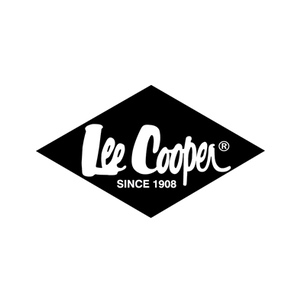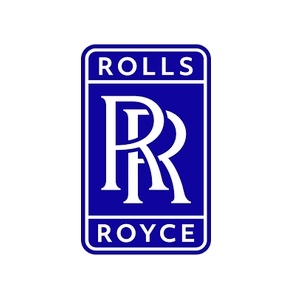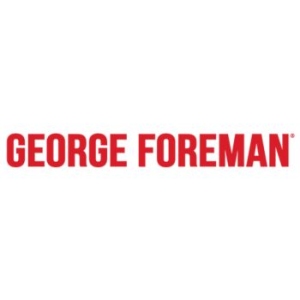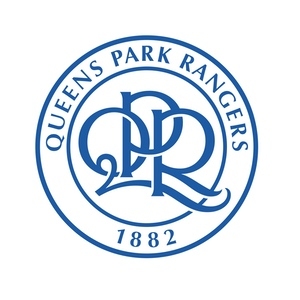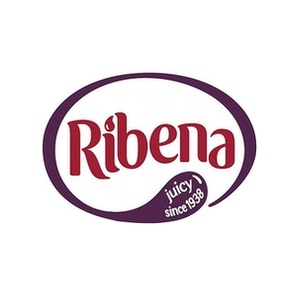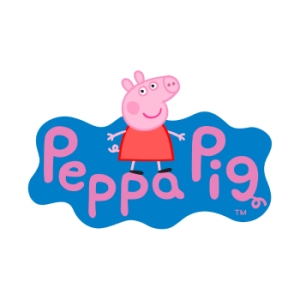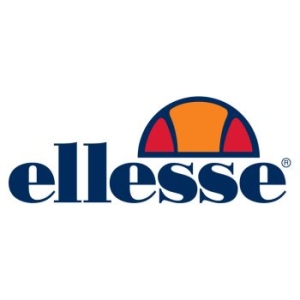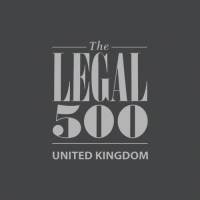Search-a-brandPowered by BRANDSMITHS
Search-a-brand assists you in researching, choosing and building a brand for your company, service or product. Try it out and search with the intended name!
ICONIX V DREAM PAIRS
Author: Andy Lee
The Supreme Court has handed down its judgment in the Iconix v Dream Pairs case.
Brandsmiths acted for the Respondent. The appeal raised several important points of trade mark law. This article highlights the key takeaways from the Iconix v Dream Pairs judgment, which has been one we've all been waiting for.
A Brief Recap
Iconix owns the Umbro brand and its ‘double diamond’ logo (a diamond inside another diamond).
The claim was brought against Dream Pairs, whose shoe branding includes a sideways ‘DP’ logo - Iconix alleged that this infringed their trade mark rights.
The Supreme Court ruled that the Court of Appeal was wrong to dismiss the trial judge’s findings. It found that the CoA had been too quick to override the original assessment, which it said was properly reasoned.
The SC held that:
1. When assessing whether signs are similar, it is permissible to consider realistic and representative post-sale circumstances and if so the degree of similarity. The court rejected the proposition that assessment of signs must only be undertaken from the intrinsic degree of similarity comparing the signs side by side leaving out of account realistic and representative viewing angles in the post-sale environment.
2. Post-sale confusion is a legitimate concept. A sign can give rise to a likelihood of confusion because of post-sale confusion even if there is no likelihood of confusion at the point of sale. The Court rejected the proposition that only post-sale confusion affecting or jeopardising the essential function of a trade mark as a guarantee of origin at the point of a subsequent sale or in a subsequent transactional context can amount to an actionable infringement.
The Supreme Court did, however, criticise the Court of Appeal for wrongly dismissing the findings of the original trial judge which the CoA had called “rationally insupportable”.
The SC disagreed, finding the trial judge’s assessment was sound and cautioning that the CoA should not have substituted its own view. The Court allowed the appeal on this basis and emphasised that the s10(2) TMA test for likelihood of confusion is a multi-factorial assessment. Practitioners expect this ruling may make the CoA more hesitant to interfere with first-instance decisions in future.
In summary, the SC considered the Trial judge had undertaken a proper assessment and therefore the Court of Appeal should not have interfered. The SC suspected it was the Court of Appeal’s own firm view on similarity which convinced it that the trial Judge must have gone wrong.
The Key Takeaways
This judgment is positive for brand owners. The Court confirmed that trade marks have an important ongoing role and existence after sale and should be appropriately protected recognising the value of brands and the work that goes into establishing them. The Judge at first instance held that the double diamond Umbro mark was highly distinctive with a substantial enhanced distinctive character and reputation through use.
It is less positive for potential appellants and the SC issued somewhat of a judicial slap-down to the Court of Appeal. Question whether this is the proper function of the SC: it is meant to decide questions of law of general public importance.
It is also worth expanding on some of the wider implications of this recent judgment - especially as these will now directly impact trade marks teams across the country.
It also opens the door for stronger enforcement in "lookalike" product cases, such as those often seen in Aldi. Even if consumers know at the point of sale that a product isn’t the original, there’s still a risk of confusion when the product is seen later in someone’s home, kitchen, or fridge. This judgment could strengthen arguments in such scenarios, where brand recognition plays a powerful role beyond the shelf.
Post-sale confusion: How this affects trade mark law right now
Stephen Lowry, Head of Trade Marks, Copyright & Designs at Brandsmiths offers his thoughts on the concept of post-sale confusion:
Post sale confusion is quickly becoming one of the most important considerations for IP lawyers working in clearance, enforcement, and brand protection.
We will see more arguments pertaining to “realistic and representative” examples of post-sale confusion before the Tribunal than before now. It was raised in Lotus V Motus before the Tribunal (and we also discussed it at the Brandsmiths+ panel event that we hosted with Andrew Lee, Simon Malynicz KC, and Victoria Baxter from Moonbug). It’s only just beginning, but it signals a shift in how the courts and lawyers approach likelihood of confusion.
Clearance searches have always been high risk for lawyers. They require lawyers to anticipate how a matter might play out before both the Tribunal (marks on the register) and the Court (when it comes to use). But the bar has been raised. Trade mark lawyers will now have to get even more creative early in the process, thinking carefully about how marks properly function in the real world in any given sector. Same considerations apply to watching services.
While post-sale confusion will impact all types of mark, I can especially see it impacting 3D and shape marks.
For example, the side-on view of the Ineos Grenadier versus the Land Rover Defender all of a sudden become even more similar in the post-sale world where verbal elements are not visible, thus increasing the likelihood of there being confusion.
Ultimately, if you’re not already factoring post-sale confusion into your advice or enforcement planning, now’s the time to start.
You can read the full judgment here: https://supremecourt.uk/uploads/uksc_2024_0032_judgment_c96eb195e2.pdf
About Brandsmiths
Brandsmiths is the law firm for the world’s leading brands. With a highly skilled team of IP lawyers, the firm specialises in all matters related to trade marks, copyright, designs, patents, confidential information, and database rights.
If you would like to discuss trade mark protection in more detail, please get in touch.
Brandsmiths is a trading name of Brandsmiths S.L. Limited which is authorised by the Solicitors Regulatory Authority, SRA No: 620298. Founding Partner: Adam Morallee
Privacy and Cookie Policy | Terms and Conditions | Complaint Procedure | Site by: Elate Global



